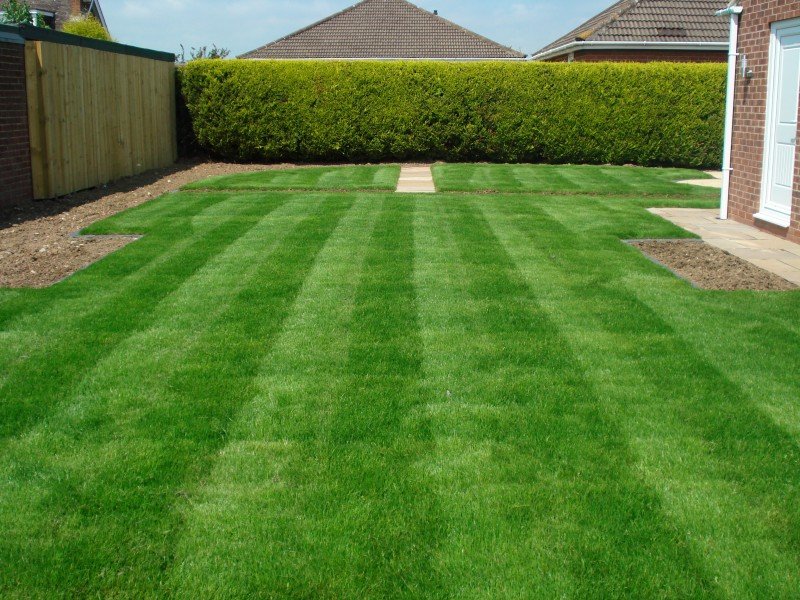
Creating Biodiversity in Your Garden: A Guide to Wildlife-Friendly Landscaping Oct 03, 2025
To start, understanding the concept of biodiversity is crucial. Biodiversity refers to the variety of life in a particular habitat. The more diverse your garden, the more resilient it becomes to pests, diseases, and environmental changes. This is because a variety of species can fulfill different roles in maintaining a healthy ecosystem, balancing each other out naturally.
Incorporating native plants is a powerful step towards enhancing your garden's biodiversity. Native plants are those that occur naturally in your region, and they are well-adapted to the local climate and soil conditions. More importantly, they have co-evolved with the local wildlife, meaning they provide the exact food and shelter that local birds, insects, and other creatures need. By choosing native over exotic species, you’re encouraging the survival of local wildlife.
Another essential aspect is to diversify plant heights and structures. This means introducing a mixture of trees, shrubs, and groundcovers to create multiple layers. Each layer will cater to different species of wildlife. For example, trees may attract birds, while shrubs and groundcovers can be ideal for small mammals and insects. Ensure you also include a mix of flowering plants and grasses to support pollinators like bees and butterflies.
Next, consider adding water features, as these can attract a range of species and create a more dynamic ecosystem. A simple birdbath, a small pond, or even a rain garden can make a significant difference. Water features support amphibians, birds, and insects, crucially providing hydration and habitat.
It's equally important to manage your soil health naturally. Healthy soil is the foundation of a flourishing garden. Composting organic waste not only enriches the soil but also reduces garden waste and supports microorganisms that are beneficial for plant growth. Avoid using chemicals and pesticides, which can harm non-target species and disrupt the garden's natural balance.
Furthermore, create habitats by leaving a few untidy areas. While neatness might be a hallmark of traditional landscaping, a few natural areas with logs, stones, and piles of leaves or brush can provide the perfect habitats for various wildlife species. These areas can serve as cover, nesting sites, and sources of food for birds, insects, and small mammals.
Finally, as your garden grows, monitor and enjoy the new visitor species it attracts. Photograph the insects, birds, and other wildlife that come to your garden, and take note of which plants attract the most attention. This not only adds an element of continuous learning and engagement with your garden but also allows you to make informed decisions in the future to enhance your garden's biodiversity further.
In conclusion, creating biodiversity in your backyard is not only beneficial for local wildlife but can also bring immense personal satisfaction. At Green Acres Lawn and Land, we are committed to helping you create a garden that is not only beautiful but also a thriving part of the local ecosystem. By following these guidelines, you're ensuring that your landscape is as wildlife-friendly as it is enjoyable for you and your family.
/filters:no_upscale()/media/7ffe5ae7-b4d6-4eaa-a29b-9b30ab32d002.jpeg)
/filters:no_upscale()/filters:format(webp)/media/eb64e504-cc94-4d02-9aba-5c5d1f94ee08.jpeg)